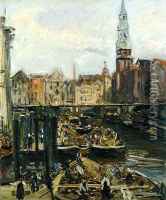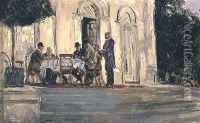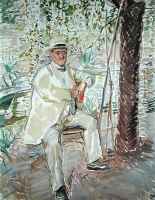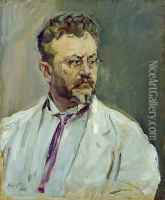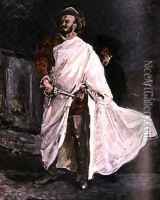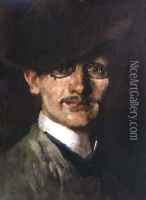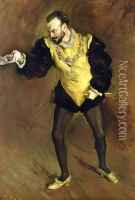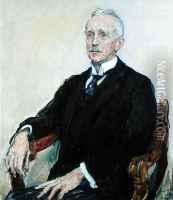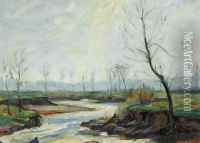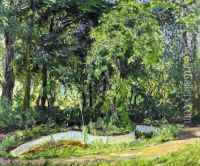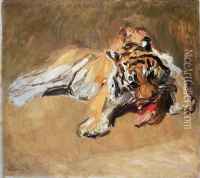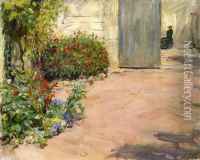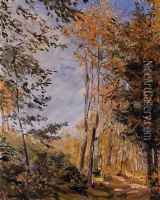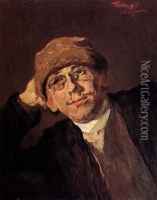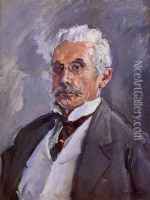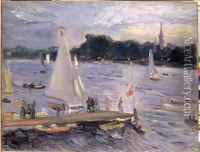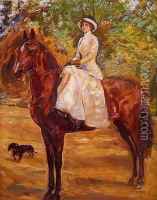Max Slevogt Paintings
Max Slevogt was a German painter, and one of the leading figures of the German Impressionist movement. Born on October 8, 1868, in Landshut, Bavaria, he initially studied at the Munich Academy of Fine Arts. His early work was influenced by Wilhelm Leibl and Franz von Lenbach, but he later developed his distinct style with an emphasis on light and color, which became characteristic of his impressionistic approach.
Slevogt's artistic career was marked by his exploration of various subjects, including landscapes, portraits, and genre scenes. He traveled extensively, which influenced his work; for example, a trip to Egypt in 1914 led to a series of exotic, luminous landscapes. His portraits are particularly noted for their dynamic brushwork and psychological insight.
He was also known for his work in other mediums, including etchings, lithographs, and illustrations for books. During his lifetime, Slevogt was celebrated for his contribution to German art and was a member of the Berlin Secession, a group of artists who sought to break away from the traditional academic style.
Max Slevogt continued to paint and exhibit his work until his death on September 20, 1932, in Neukastel, in the Palatinate region of Germany. His legacy is preserved in numerous public collections, including the Max Slevogt Gallery in the Palatinate Museum of Art. Slevogt remains an important figure in German art history, recognized for his vibrant and expressive technique that captured the essence of the Impressionist movement in Germany.
